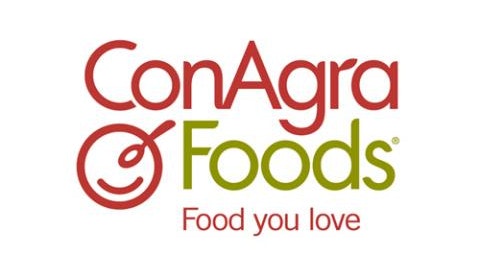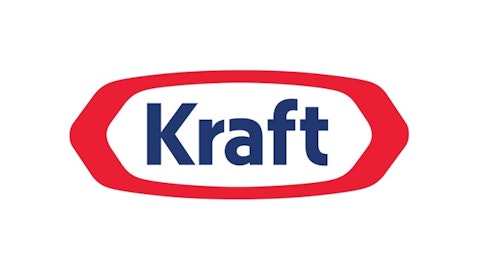
One thing’s for sure: You’ll never discover truly great investments unless you actively look for them. Let’s discuss the ideal qualities of a perfect stock and then decide whether The Procter & Gamble Company (NYSE:PG) fits the bill.
The quest for perfection
Stocks that look great based on one factor may prove horrible elsewhere, making due diligence a crucial part of your investing research. The best stocks excel in many different areas, including these important factors:
- Growth. Expanding businesses show healthy revenue growth. While past growth is no guarantee that revenue will keep rising, it’s certainly a better sign than a stagnant top line.
- Margins. Higher sales mean nothing if a company can’t produce profits from them. Strong margins ensure that company can turn revenue into profit.
- Balance sheet. At debt-laden companies, banks and bondholders compete with shareholders for management’s attention. Companies with strong balance sheets don’t have to worry about the distraction of debt.
- Moneymaking opportunities. Return on equity helps measure how well a company is finding opportunities to turn its resources into profitable business endeavors.
- Valuation. You can’t afford to pay too much for even the best companies. By using normalized figures, you can see how a stock’s simple earnings multiple fits into a longer-term context.
- Dividends. For tangible proof of profits, a check to shareholders every three months can’t be beat. Companies with solid dividends and strong commitments to increasing payouts treat shareholders well.
With those factors in mind, let’s take a closer look at Procter & Gamble.
| Factor | What We Want to See | Actual | Pass or Fail? |
|---|---|---|---|
| Growth | 5-year annual revenue growth > 15% | 1.1% | Fail |
| 1-year revenue growth > 12% | (0.4%) | Fail | |
| Margins | Gross margin > 35% | 50.2% | Pass |
| Net margin > 15% | 15.5% | Pass | |
| Balance sheet | Debt to equity < 50% | 49.7% | Pass |
| Current ratio > 1.3 | 0.98 | Fail | |
| Opportunities | Return on equity > 15% | 17.5% | Pass |
| Valuation | Normalized P/E < 20 | 26.18 | Fail |
| Dividends | Current yield > 2% | 2.9% | Pass |
| 5-year dividend growth > 10% | 10.2% | Pass | |
| Total score | 6 out of 10 |
Source: S&P Capital IQ. Total score = number of passes.
Since we looked at Procter & Gamble last year, the company has jumped by 2 points, more than making up for its 1-point loss from 2011 to 2012. Margins and debt levels improved a bit, and the stock has soared nearly 20% in the past year, with much of those gains coming very recently.
For years, Procter & Gamble treaded water even as its consumer-goods peers saw substantial improvements. In particular, Unilever plc (ADR) (NYSE:UL) and Kimberly Clark Corp (NYSE:KMB) focused strongly on emerging markets to try to drive growth, and they did a better job than P&G of capturing revenue growth. Kimberly-Clark is smaller and therefore might be expected to grow more quickly, but with Unilever being comparable in size, P&G’s failure to match up is more troubling.
Now, though, the stage appears set for a wave of new innovation from P&G. Its new Tide Pods product has performed well lately, leading the company to introduce it to other markets. With one success under its belt, P&G’s new-product teams should gain confidence as they make new attempts to add to the company’s prestigious list of billion-dollar brands.
Unfortunately, P&G took a big hit earlier this week when Venezuela devalued its currency. The company held what had been worth $1.3 billion in local Venezuelan currency and therefore will take a charge of as much as $275 million to reflect the devaluation, cutting core earnings by a penny per share this quarter and $0.03 per share for full-year 2013. The Clorox Company (NYSE:CLX) had already warned that a potential devaluation could take $0.05 to $0.10 per share off its full-year earnings, highlighting the risk that all global players face in consumer goods.
For P&G to improve, it needs to keep pushing its earnings higher to bring its valuation down to more manageable levels. If new product launches go well, then higher sales could also get P&G closer to perfection.
The article Has Procter & Gamble Become the Perfect Stock? originally appeared on Fool.com and is written by Dan Caplinger.
Fool contributor Dan Caplinger has no position in any stocks mentioned. The Motley Fool recommends Kimberly-Clark, Procter & Gamble, and Unilever.
Copyright © 1995 – 2013 The Motley Fool, LLC. All rights reserved. The Motley Fool has a disclosure policy.




